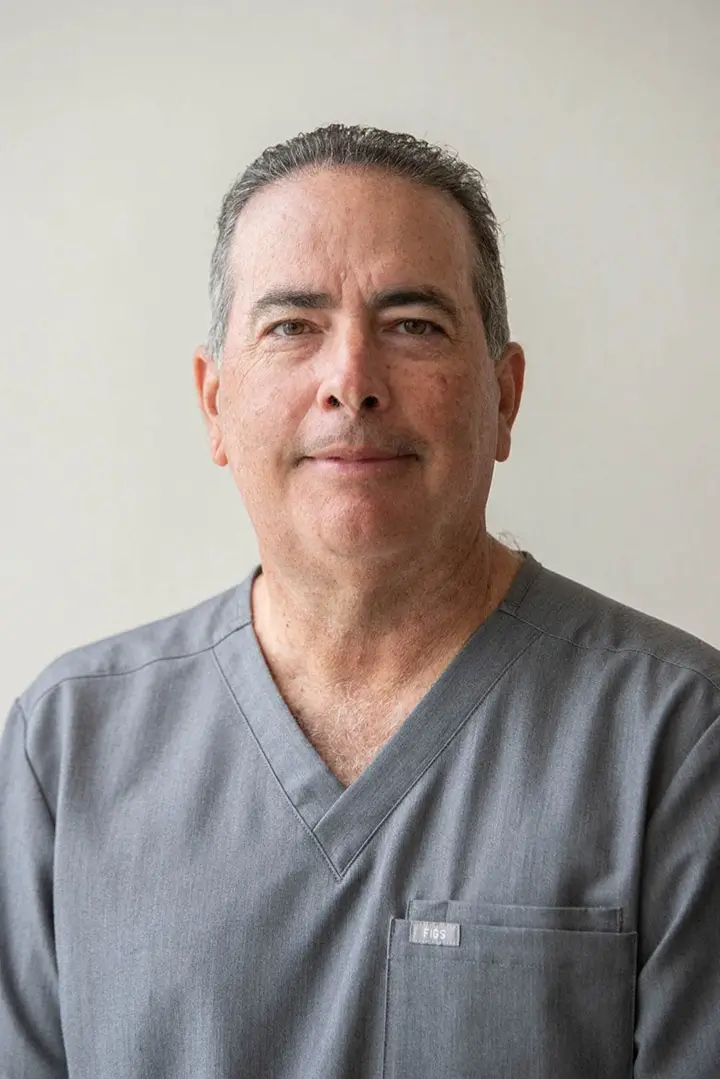Cell Transplant. 2008;17(12):1277-93. https://doi.org/10.3727/096368908787648074
Administration of autologous bone marrow stem cells into spinal cord injury patients via multiple routes is safe and improves their quality of life: comprehensive case studies.
Geffner LF, Santacruz P, Izurieta M, Flor L, Maldonado B, Auad AH, Montenegro X, Gonzalez R, Silva F.
Abstract
Presently, there is no cure or effective treatment for spinal cord injury (SCI). Studies in SCI patients have shown that for a treatment to be effective it must primarily improve their quality of life. Numerous studies have shown that stem cells represent an alternative treatment for various disorders and have shown promise in several disease/trauma states. For instance, the use of autologous CD34+ stem cells has been shown to ameliorate symptoms of several disorders such as leukemia, cardiomyopathy, diabetes, and several autoimmune diseases, including multiple sclerosis. For the first time, we report eight case studies of SCI (four acute, four chronic) with approximately 2 years of follow-up that were administered bone marrow stem cells (BMSCs) via multiple routes: directly into the spinal cord, directly into the spinal canal, and intravenous. Magnetic resonance imaging illustrated morphological changes in the spinal cord of some of the patients following BMSCs administration. Comprehensive evaluations demonstrate improvements in ASIA, Barthel (quality of life), Frankel, and Ashworth scoring. Moreover, in order to assess bladder function, we designed a simple numerical clinical scoring system that demonstrates significant changes in bladder function following BMSCs administration. To date, we have administration BMSCs into 52 patients with SCI and have had no tumor formations, no cases of infection or increased pain, and few instances of minor adverse events. These studies demonstrate that BMSCs administration via multiple routes is feasible, safe, and may improve the quality of life for patients living with SCI.
PMID: 19364066

